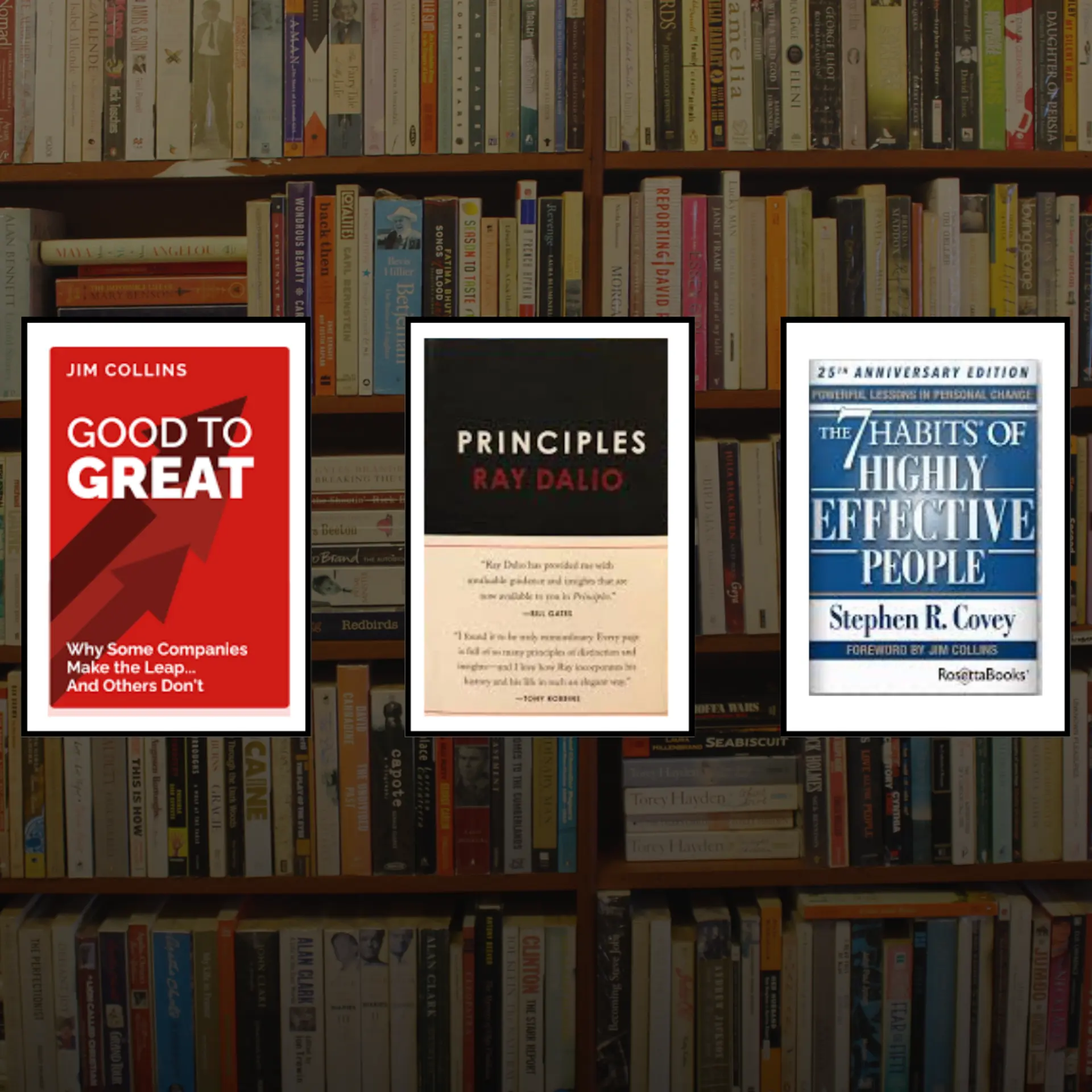10 key market trends in 2016 and what to watch for in 2017
These are interesting times. Technology is advancing at a rapid pace, and the business landscape is changing immensely over brief spans of time. Here are 10 key market trends to keep your eye on.
Now that the election is over, it is clear that Donald Trump will be our President for the next four years. He will have a Republican Congress and Senate for at least two of those years. As such, I think we will see an increase in government spending on defense and infrastructure, and a lowering of taxes across the board. We will see interest rates creep up slowly throughout 2017, and a corresponding slowing economy, partially offset by massive infrastructure and defense spending. Regardless of the specific outcomes on that front, there will continue to be massive opportunities for innovation. I’ll touch upon a few here.

(1) Continued takeover of Mobile
The trend toward more hours of internet usage and more of that usage and consumption on mobile devices will continue. I found some good mobile marketing statistics about this. If you are marketing online, you need to ensure that your website, blogs, advertising, newsletters, and everything else look good on a mobile device. Otherwise, you will miss more than half your audience.
(2) Applications of Artificial Intelligence on the rise
Artificial Intelligence, or AI, is the science and engineering of making intelligent machines, especially intelligent computer programs. At it’s root, AI has “learning algorithms”. In other words, as the computer program makes a decision and gets feedback about the results of that decision, it uses those results to make a better decision the next time. Computers are getting so fast and can process so much more data than they could even a few years ago that new applications for AI are emerging that can use very large data sets. Smart people will continue to develop even smarter algorithms, and computers will continue to get faster and more powerful. So, new applications for AI will continue to emerge in the coming year. This is a major area for innovation, and big companies like Microsoft, Google and Facebook will continue to gobble up the most promising AI companies with the best algorithms and data sets.
(3) Increased usage of Virtual Reality and Augmented Reality
As stated by CNBC, “Virtual reality (VR) technology might have hogged the spotlight this year with a variety of possible business applications, but experts claim that augmented reality (AR) will also have a key role in our digital future.” VR covers up the current reality seen by the eyes with a graphically enhanced 3D world through the use of goggles. AR allows you to see what you see, but supplements it with additional graphics and experiences. Both are on the rise, but I believe AR will have many more broad-based applications than VR. Also, most of the AR/VR stuff these days is video. I think we will see an emergence of more audio AR/VR in the coming year, along with some better convergence of the audio and video AR/VR worlds.
(4) Continued explosion of Analysis Big Data
A lot of the big data is tied to getting better information about your customers. The continued rise of personal video as a media type, along with live video, will continue to drive an explosion in the amount of data, and the potential applicability of that data. Most of the big data analytics work to-date has been around what we traditionally think of as data: text and numbers. Algorithms and intelligence in dealing with these large data sets will continue to increase, but there will also be new work and opportunity in data usage for images and videos.
(5) The Internet of Things (IoT)
Ultimately, everything will be connected, and consumers will have anytime/anywhere access to all their data, and much better control of their devices, even from remote and mobile locations. But the even bigger opportunity for IoT is in a variety of vertical markets where the combination of IoT and big data analytics, including the application of AI, will drive massive productivity improvements in many industries.
(6) Increased concerns and need for security and privacy
With all of this data and intelligence running around on the internet, there will continue to be sensitivity to privacy and security. This will create lots of opportunities for bright minds in small and large companies alike to solve massive security challenges in every part of the network, from end-user devices, the edge of the network, the hub of the network, the cloud, and the other parts unseen.
(7) Content marketing and inbound marketing growth for established companies and startups
I think we are seeing a move to what I’ll call “Phase 2” of internet marketing. Phase 1 focused primarily on Search Engine Optimisation (SEO), Search Engine Marketing (SEM), and Social Media Marketing (SMM). Most of this effort was behind being ranked higher in Google search results, online advertising to your target audience, and driving more traffic to your website. Phase 2 is about driving revenue and monetising web traffic, but in an indirect way. Content marketing is about blogs, videos, podcasts, webinars, and other forms of communication with your target audience to educate them, but not to sell to them, at least in the beginning.
It is about establishing your leadership, authority, and expertise with your target audience. Combine that with getting email addresses from your target audience, and this allows you to do “inbound” marketing, which is about promoting stuff directly to your target audience in a very segmented way. Traditional “outbound” marketing is about promotion and advertising, but to a less granular audience, and in a less personal one-on-one way. The companies that do this well will thrive. The companies that do this poorly may not survive over time.
I think the other thing that you will see is better content in the content marketing world as you get more professional attention in this area. This includes better research, writing, and visual content, higher quality video, better audio and content on podcasts, more and better infographics, and higher quality live video.
(8) Social media channels and media distribution
Social media is also moving to the next generation of thinking and evolution. I think we will see more live streaming and better quality video. There will be more attention to user-generated video content. I think people and businesses will truly start seeing the power of social channels, and learn how to use them more effectively to build deeper relationships and provide better experiences.
(9) Video and live streaming
2017 is going to be the year where live video comes of age. We saw the emergence of live video in 2015, the Facebook entry in early 2016, and now, the proliferation of live video across multiple social platforms is taking place. 2016 was a year of testing to see what works and what doesn’t. I think the quality of live video, both in terms of content and video quality, will dramatically improve in 2017, and we will see the power of this unleashed in the business world for B2B and B2C.
(10) Fintech: Alternate financing for startups
The full power of the JOBS Act is now in motion, and I think we will see a lot more alternative financing mechanisms emerge for startups in 2017. I also think this application of technology to the finance world will continue and mature some in the coming year. Just like we have seen some of the online marketing and platform management tools mature over the last couple of years, we will see a maturing in fintech in 2017. I’m not saying the industry will be a grown-up, so to speak, but at least a late-teen from a maturity standpoint.
(Disclaimer: The views and opinions expressed in this article are those of the author and do not necessarily reflect the views of YourStory.)







